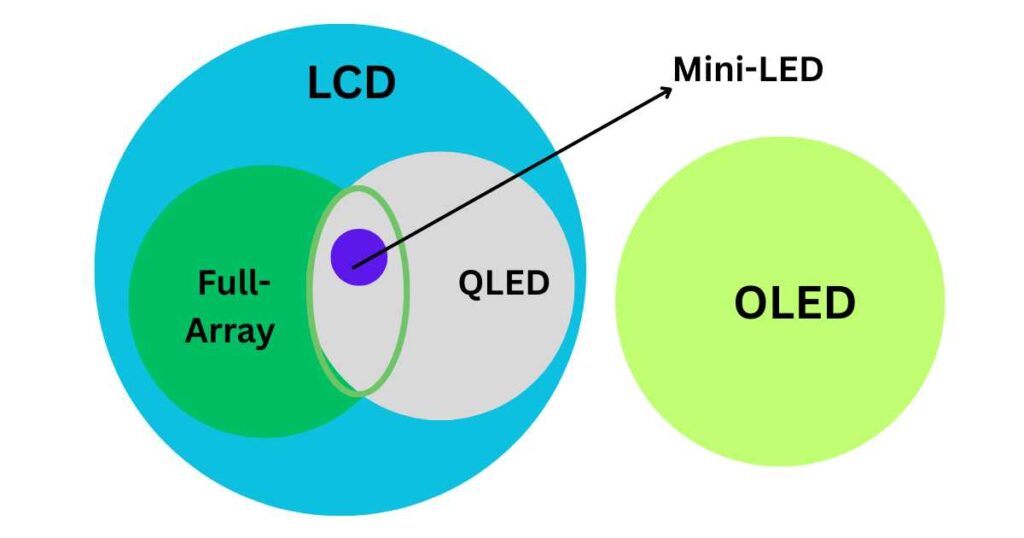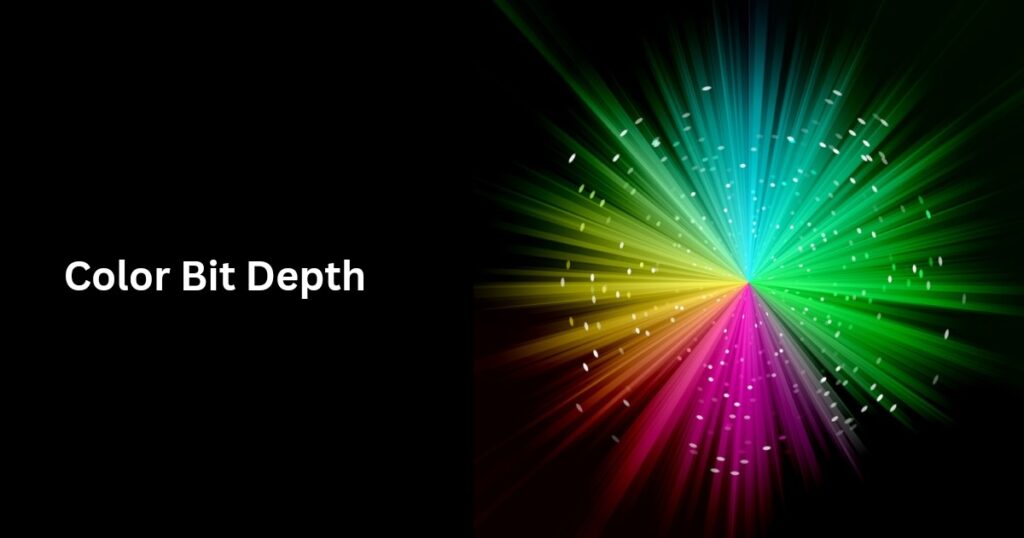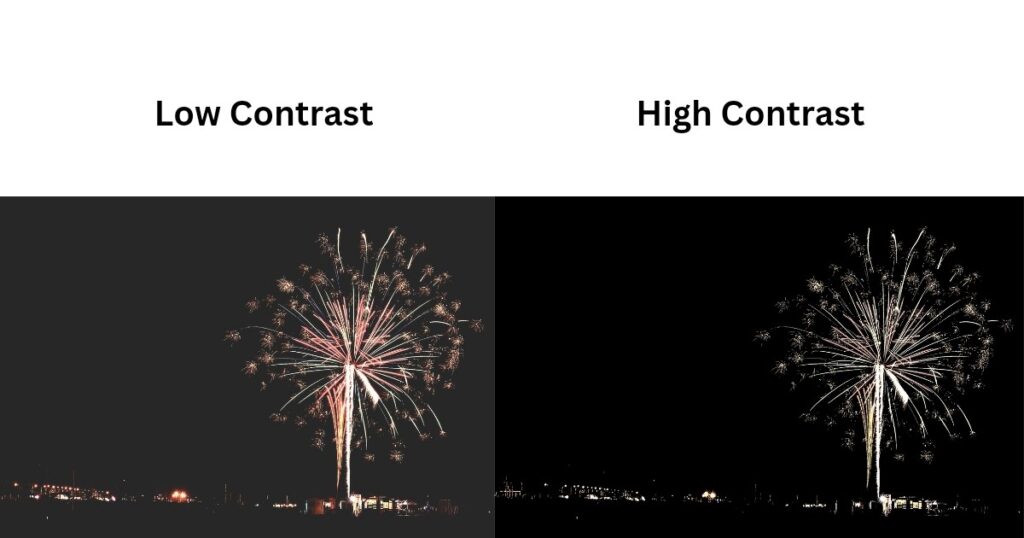Is Full-Array LED TV better than OLED and QLED TVs?
In this article, we’ll break down the confusion around terms like full-array LED, OLED, QLED, and mini-LED.
We’ll see if they’re totally different TV technologies or if some of them actually overlap.
Full-Array LED
A full-array LED TV is basically an LED LCD TV that uses a full-array local dimming.
The LEDs in its backlight are split into several clusters, known as dimming zones, which can brighten or dim independently based on what’s happening in the scene.
This helps boost contrast and makes the picture look more realistic.
These TVs can either use regular LEDs or super tiny mini-LEDs (about the size of grains of sand) for the backlight.
QLED
QLED, a term first coined by Samsung, basically refers to an LCD TV that uses a layer of quantum dots in front of its backlight.
These quantum dots help the TV enhance its color gamut with richer, more vibrant colors.
A QLED TV can feature local dimming, which can be either edge-lit or full-array, depending on how the LEDs are arranged in the backlight.
So, a QLED TV can actually be either a full-array or an edge-lit LED TV based on its local dimming method.
OLED
An OLED TV is entirely different from an LCD TV.
Since each pixel in an OLED produces its own light and can switch on or off independently, it doesn’t require a backlight.
This allows it to deliver true blacks and exceptionally high contrast.
Because there’s no backlight involved, OLEDs also eliminate the need for any type of local dimming.
Mini-LED
A mini-LED TV is a type of LCD TV that uses extremely small, sand-like LEDs for its backlight.
These tiny LEDs are typically arranged in a full-array local dimming (FALD) setup, offering far more dimming zones, and therefore much higher contrast than standard LED TVs.
Mini-LED models are often the flagship LCDs in any brand’s lineup and usually include advanced technologies such as quantum dots, which enable a wider color gamut.
In essence, mini-LED TVs can be considered an advanced evolution of QLED and full-array LED TVs.
Here is a separate article on the comparison between full-array and mini-LED TVs.
Additionally, mini-LED TVs that use VA panels generally deliver better contrast than those with IPS panels, since a VA panel’s inherently higher contrast allows local dimming to work more effectively.
Full-array LED TV vs OLED & QLED TVs: Basic Fundamentals

Let’s quickly summarize the basics of full-array LED, QLED, OLED, and mini-LED TVs at a glance:
- Any LED LCD TV that uses full-array local dimming technology can be called a full-array LED TV.
- A mini-LED TV is a type of LCD TV that employs very small, sand-like LEDs for its backlight.
- Every mini-LED TV is inherently a full-array LED TV, though the reverse need not be true.
- A QLED TV is an LED LCD TV that incorporates a quantum dot layer to improve color gamut, though not all LCD TVs with quantum dots are called QLEDs (for example, LG NanoCell models).
- A full-array LED TV that uses quantum dots can also be called a QLED TV, and a QLED TV that features full-array local dimming can also be identified as a full-array LED TV.
- An OLED TV, on the other hand, is not an LCD TV. As each pixel emits its own light, the concept of local dimming doesn’t apply.
Full Array LED vs OLED & QLED: Which TV Tech Reigns Supreme?
Now that we’ve covered the basic fundamentals of these display technologies, let’s now compare them in detail.
Contrast
Full-array LED TVs offer significantly better contrast than edge-lit or direct-lit LED models.
The contrast of a QLED TV largely depends on its backlight type and the local dimming technique employed.
QLED TVs with mini-LED backlights are inherently FALD, resulting in superior contrast compared to QLED TVs using edge-lit local dimming.
That said, OLED TVs provide nearly infinite contrast and true black levels with almost no blooming that no LCD technology can replicate.
Only the top-tier mini-LED TVs, e.g., Samsung Neo-QLED TVs, may come close to OLED contrast and blacks, though they too can’t eliminate blooming fully.
Color Gamut
A QLED TV uses quantum dots to improve its color gamut and achieve a wide range of colors.
When it incorporates FALD, it further enhances the color gamut by providing greater control over individual dimming zones.
Mini-LED TVs with a large number of dimming zones push this even further.
That being said, for an LCD TV, the type of local dimming and backlighting primarily influence contrast rather than color gamut.
Therefore, the color gamut of a mini-LED backlit QLED TV with FALD doesn’t differ significantly from a QLED TV with edge-lit local dimming with normal LEDs in the backlight.
As for OLEDs, their self-emissive pixels produce highly accurate colors, easily achieving a wide color gamut comparable to the best QLEDs.
Moreover, OLEDs that use quantum dots, known as QD-OLEDs, can deliver an even wider color gamut than any LCD or traditional OLED.
Brightness & Color Volume
QLED TVs generally display higher brightness than OLEDs, which helps them achieve a strong color volume.
Those QLEDs equipped with thousands of mini-LEDs in their backlight deliver even greater brightness and color volume.
OLEDs with wide color gamut also provide good color volume, while QD-OLED TVs stand out with very high brightness and an even larger color volume, surpassing mini-LED TVs too.
In HDR, QD-OLEDs perform the best, thanks to their excellent contrast and vibrant, punchy colors.
However, in brightly lit rooms, their black levels can increase noticeably.
In such environments, MLA-based WOLEDs, with their significantly enhanced brightness compared to standard OLEDs, perform the best by better combating glare while maintaining deep black levels.
In bright rooms, however, mini-LED TVs can also become very bright to fight all glare and be a more cost-effective choice than MLA-based WOLEDs, though you will have to compromise a bit on the black levels.
Viewing Angles
A full-array LED or mini-LED TV generally offers slightly better viewing angles compared to a standard LED TV, likely due to the more precise control over dimming zones.
Generally, IPS LCD panels provide wider viewing angles than VA panels.
That said, the presence of quantum dots in a TV has almost nothing to do with the viewing angles.
Meanwhile, OLED TVs deliver the best viewing angles, with images maintaining their brightness and color from every angle, thanks to their self-emissive pixels that can independently turn on and off across any part of the screen.
Gaming
OLED TV pixels can change colors almost instantly, with response times around 0.1 ms. This results in minimal blur or ghosting during fast-paced gaming.
In contrast, LCD TVs usually have slower response times, typically between 5 to 10 ms, which can cause noticeable ghosting in high-frame-rate scenes.
This blur may become especially apparent in games running at very high refresh rates, like 240 Hz or more.
However, for gaming, input lag is even more crucial.
Input lag is the delay between pressing a button and seeing the action on the screen. This delay is influenced by many factors beyond response time, such as the gaming console, HDMI cable, and keyboard.
That said, modern TVs, whether OLED or LCD, generally have input lag around 10 ms, which is excellent for fast and responsive gaming.
It’s also worth noting that the type of dimming technology, like full-array or mini-LED backlighting, has little to no effect on a TV’s response time.
Lifespan
OLED TVs may carry a risk of burn-in or pixel degradation if static images are displayed for extended periods, although this is uncommon and can be effectively minimized in modern OLED models.
In contrast, LCD TVs, including QLEDs, full-array LEDs, and mini-LEDs are almost immune to this issue.
Style
A mini-LED TV generally looks thinner than one with a standard LED backlight, since the smaller LEDs require less space.
This applies irrespective of whether the TV is a QLED or not.
In contrast, OLED TVs don’t use any backlighting, making them the thinnest TVs overall.
Pricing
A full-array LED TV that uses quantum dots, or in other words, a QLED TV with FALD usually costs more than a TV with just one of these features.
Mini-LED TVs, which almost always incorporate quantum dots, are significantly more expensive than TVs with standard LED backlighting.
OLED TVs often fall within the same price range as mini-LED TVs, thus are pricier than typical LED or QLED models.
That said, QD-OLEDs or WOLED TVs with MLA technology are the most expensive of all.
Conclusion
In simple words, a full-array LED TV is an LCD TV that uses FALD in its backlight.
A QLED TV is an LCD TV with a layer of quantum dots.
A mini-LED TV is an LCD TV that uses tiny, sand-sized LEDs in its backlight.
These features can be combined, so a TV might have more than one of these technologies.
For example, a mini-LED TV usually includes both FALD and quantum dots.
However, OLED TVs don’t use any of the above technologies except the quantum dots which are used in QD-OLED TVs.
That said, choosing the best TV among these really boils down to your budget, viewing conditions, the type of content you watch, and your personal preferences.


